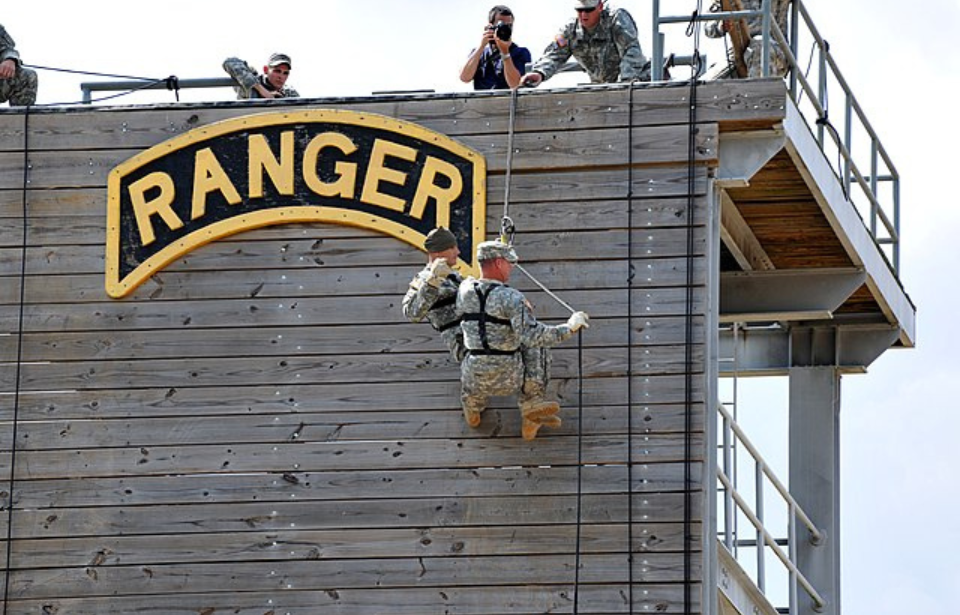During the 1980s, the rampant availability of illegal drugs in American cities resulted in a marked rise in gang violence. Although similar challenges continue today, particularly with the opioid crisis, the epidemic of the 1980s and ’90s had its own unique features. One major event from this period took place in Tacoma, Washington, where a clash between US Army Rangers and local gang members highlighted the tumultuous atmosphere of the era.
Staff Sgt. William Foulk bought a house in a rough neighborhood
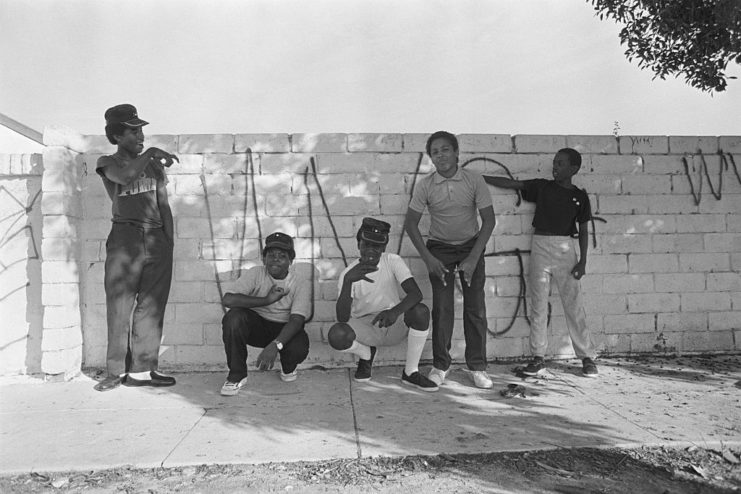
Army Ranger Staff Sgt. William “Bill” Foulk, from the 2nd Ranger Battalion and stationed at Fort Lewis, Washington, had purchased a home in Tacoma. Situated in the Hilltop district, an area infamous for its intense gang violence, the property cost just $10,000, with Foulk hoping its value would rise over time.
Although he might have believed the neighborhood was on the brink of improvement, the Army Ranger may not have fully grasped the extent of its problems. The area was infamous for open drug transactions, and gang members frequently brandished automatic weapons. Hilltop was often likened to the “Wild West” of gang violence due to its rampant criminal activity.
With the local police force spread thin, Tacoma struggled to manage the gangs’ heavy firepower.
Houses along the block saw serious gang activity
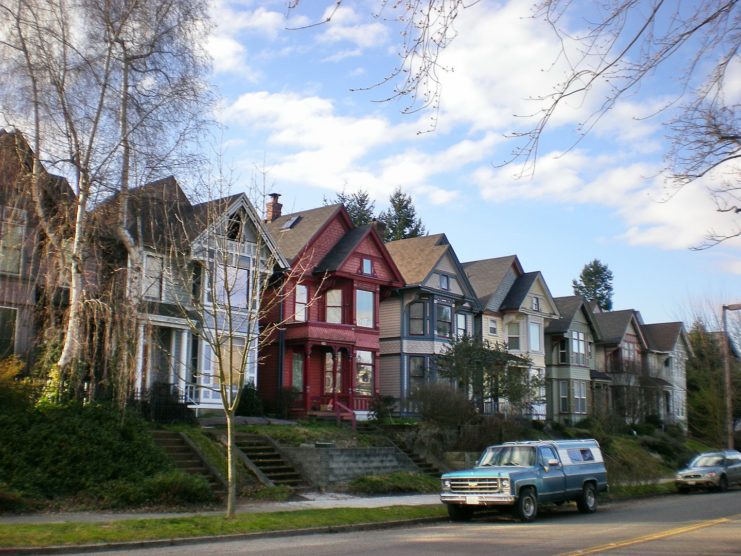
Staff Sgt. Foulk suspected that the residents of a nearby house on Ash Street, where he lived, were engaged in drug dealing.
To gather evidence, he set up a camera in one of his windows. The gang members quickly noticed they were being watched and tried various methods to disable it, including throwing rotten pears at it. When these efforts proved unsuccessful, they resorted to shooting at the camera.
Foulk directly confronted the gang, insisting they cease both their shooting and their illegal activities in the neighborhood. As expected, they reacted poorly, telling the Army Ranger to stay out of their business—a demand he had no intention of complying with.
The Ash Street shootout of 1989
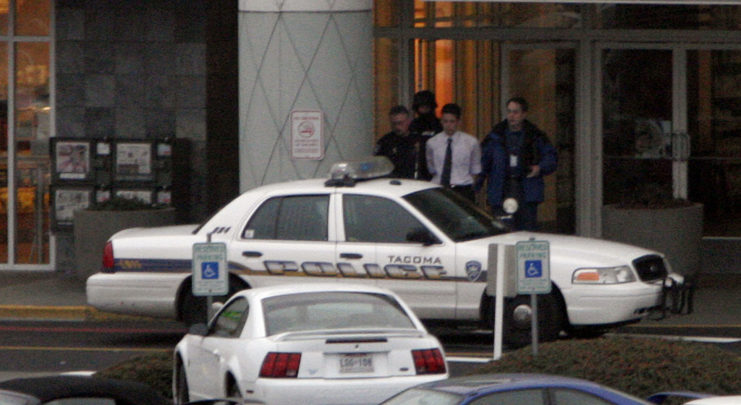
After engaging with the gang members, Staff Sgt. Foulk became convinced they might attack him. He sent his wife away and invited his fellow Rangers over for a barbecue. Between 10 and 15 Rangers accepted the invitation and came armed with heavy weaponry. This proved to be a wise decision because on September 23, 1989, Foulk’s home was attacked.
The gang was likely taken aback when the Army Rangers assumed proper defensive positions and returned fire. The skirmish lasted for 10 to 30 minutes until police officers arrived and ended it. Most of the gang members fled, but two were apprehended and charged with assault and weapons offenses.
The Rangers were not charged, but their weapons were confiscated.
Aftermath of the shootout
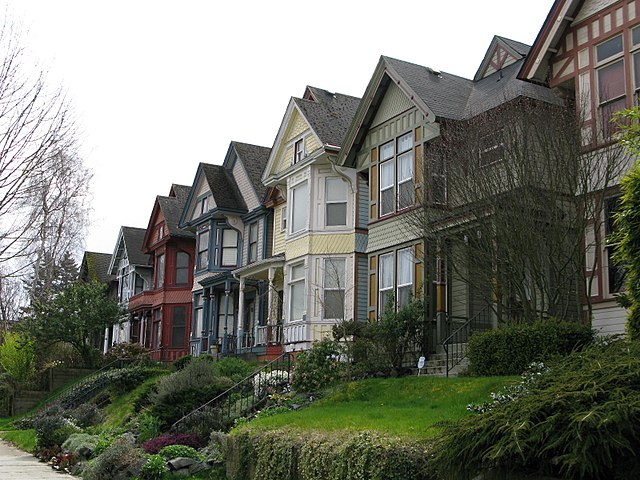
The most amazing thing about the Ash Street shootout was that no one was killed or hurt, despite over 100 rounds being fired. Maj. Clyde Newman of the 2nd Ranger Battalion said of the incident, “From everything I am told by the city police, the Rangers were right. They were having a party, and they were attacked.”
Sam Thrall, a police sergeant, noted, “I think what happens now is we go up to Ash Street and clean them out… We have a real concentration of bad guys there and the neighborhood has finally clashed with them face to face. The fact that nobody got hurt – it is kind of amazing.”
The incident was a turning point for Tacoma, as it drew attention to the rampant crime in the city. Residents became involved in policing their own neighborhoods and created a safe spaces program that remains in place to this day. City officials also adjusted their budget to ensure additional police officers could be hired.
The Hilltop neighborhood completely changed
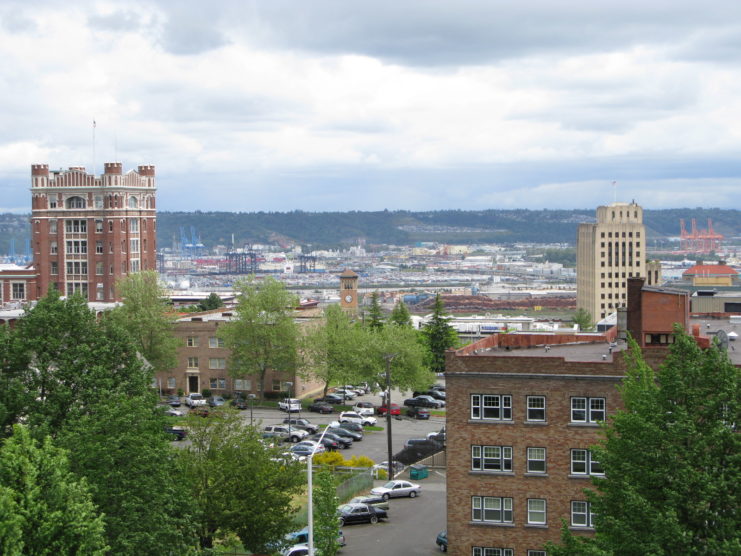
Want War History Online‘s content sent directly to your inbox? Sign up for our newsletter here!
The shootout on Ash Street was wild and chaotic, but, eventually, Tacoma’s Hilltop neighborhood became one of the city’s safest. As for Staff Sgt. Foulk, his investment became an incredible success. According to RedFin, the house he purchased for $10,000 is now worth well over what he paid – between $330,000 and $450,000!
